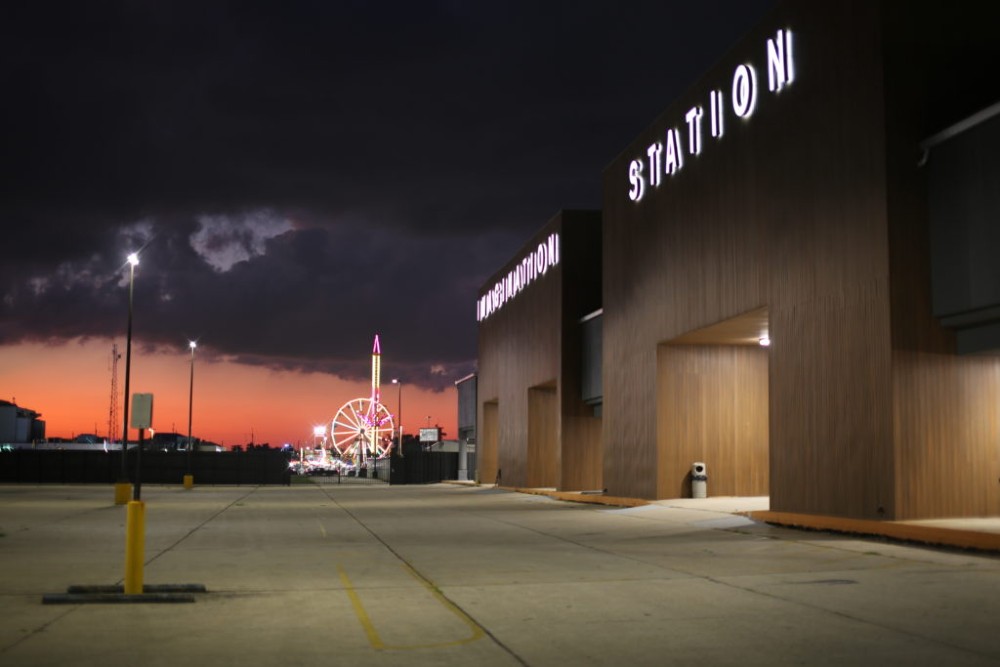
Although COVID-19 return-to-work protocols are still in place, production is starting to boom, with major productions starting up all across the globe. As things reopen and everyone gets vaccinated and ready to get back where we were pre-COVID, Below the Line is going to start looking at a number of different locations and how they’re dealing with things in order to keep the film and television industry. Some of these locations may be a bit unexpected, but most importantly, we hope to introduce new places for crew to find work outside the bigger film and television industries like New York, Los Angeles and Atlanta.
Obviously, Louisiana and New Orleans specifically have seen a huge boom in production over the past 15 or 16 years, so it’s not necessarily a new production ecosystem, but over the past seven years, The Ranch Film Studios in Chalmette, part of the St. Bernard Parish in Louisiana, has created a vast space outside the normal New Orleans downtown area for production. The brainchild of Founder and CEO Jason Waggenspack, and Jimmy Hornbeak, the Ranch’s Chief Marketing Officer, The Ranch has offered Louisiana another source of revenue from the film and television industry, as well as an abundance of work for the state’s skilled crews.
The Ranch Origins
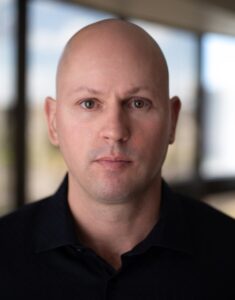
Before we get into the specifics about The Ranch’s stage and lot space, Waggenspack told us about his own journey getting back to Louisiana. “I actually lived in New York, because I was studying to be an actor in theater for a little while, but I decided to move home to Louisiana to go to film school, thinking I would move out to Los Angeles. I did that for about two and a half years, and the film industry blew up around me.” After working on Denzel Washington’s Deja Vu, directed by the late Tony Scott, and on David Fincher’s Oscar-winning The Curious Case of Benjamin Button, and other films, Waggenspack began his foray into location management. Working on The Twilight Saga: Breaking Dawn for a year and a half led to stints on Dawn of the Planet of the Apes, Jurassic World, and Terminator: Genysis, which eventually led him to Chalmette.
“We had taken over a former Lowe’s that I decided to actually take the full master lease on, because I knew we had a desperate need for infrastructure in the New Orleans area for the film industry,” he says about how his work as a location manager led to building a studio. “I started the Ranch Film Studios in September 2014 with a couple of the property owners around here. They had an old Savings Center adjacent to that old Lowe’s, and so we took that over and the office space adjacent to that, which was about 40,000 square feet. Our first client was Deepwater Horizon, November 2014, a huge movie for the state of Louisiana.”
“I came on board with Jason. We both worked on the film Focus with Will Smith over seven years ago,” Hornbeak said about his own entry into the Louisiana studio system. “He was actually the location manager; I was the former brand manager for Levi Strauss and Company for five years, and then I was a Creative Director of Global Environment. He approached me about helping set up a brand, which I was very attracted to.”
Peter Berg’s Deepwater Horizon was only the first of many major productions to shoot at the Ranch, in that case literally building the titular oil well on the lot. After that, 20th Century Studios filmed the Kristen Stewart thriller Underwater there, followed by The Lovebirds and The Dirt, both of which streamed on Netflix, Amazon’s Tell Me Your Secret, and the acclaimed Showtime mini-series, Your Honor, starring Bryan Cranston. At any given time, there can be up to five productions working on the Ranch’s stages.
The Ranch Ethos
“We’ve come in and taken over blighted big box stores in an area that was hit hard by Hurricane Katrina and became an economic beacon here,” Waggenspack said about the mindset behind the decision to start The Ranch. “You’re bringing in hundreds of people that have never been into this smaller section of town outside of New Orleans, and infiltrating lots of dollars into this area that’s allowed for a lot of economic development around here. That’s been our model. We’ve been putting our revenue and our profits back into the derelict buildings from Katrina to make them have a more forward-facing beauty to them. Now we’ve beautified the area, and other people have done the same, and now we’re looking to expand that into this area as well into an old Ford plant down the road. But it’s been a good business model for us.”
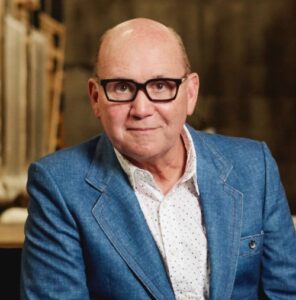
“It’s one of the things we try to focus on,” Hornbeak continues. “We set up the brand on four principles, one would be breeding creativity, the second would be preeminent customer service. We wanted to be the Ritz Carlton of the studio film business. The third would be becoming a community asset, and the last is trying to build things to state of the art, trying to stay creative in everything that we go forward with.”
“A lot of the passion of the people that work here is we enjoy and are very passionate about crafting visual medium,” Waggenspack agrees. “We have a production company now called Neutral Ground Films, and we have The Arsonist, which is a film marketing company to help independent filmmakers here. We donate thousands and thousands of dollars to independent filmmakers here in this community, because that’s our passion. We understand that we need filmmakers in our area to be successful for us to be successful, and so we’re trying to put as much air behind them as we can.”
“We love story, we love storytellers,” Hornbeak says, completing his partner’s thought. “That’s kind of our position right now.”
The Ranch: The Specs
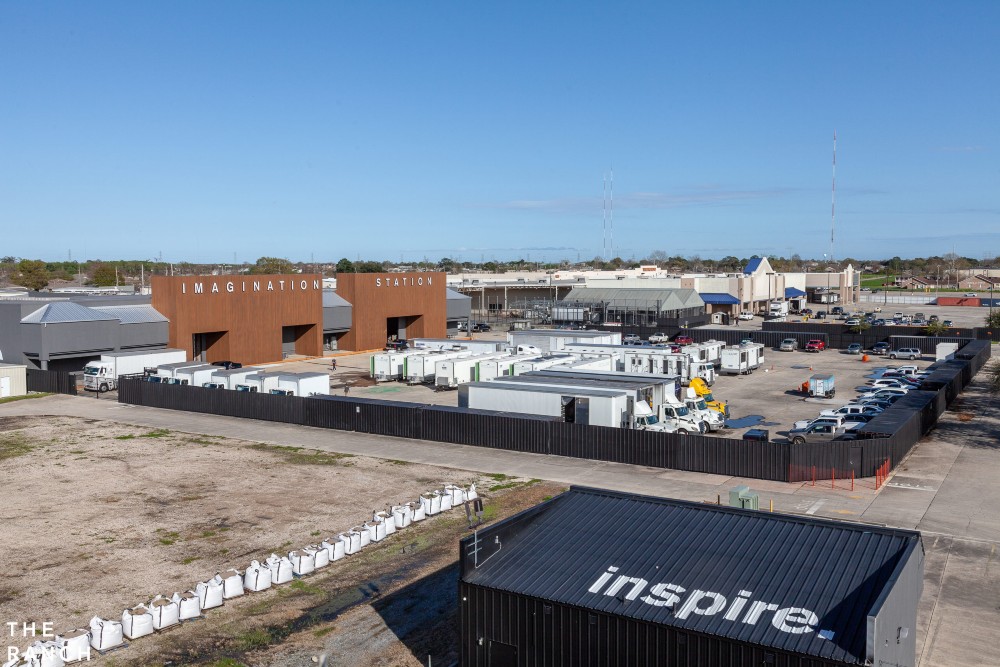
“Our campus sits on 25 acres of land,” Waggenspack says, getting into the specific physical details about The Ranch. “We have two buildings that encompass five sound stages and two mills. We say that we have over 250,000 square feet of production space. Three of the stages are three of the largest in the state of Louisiana, and one of them is a middle-sized stage. So we go from 34,000 square foot stage, down to 15,000 square foot stage, and we have the most asphalt or backlot space of any studio here, because we have over eight acres of hard top concrete parking that used to be a Lowe’s and a Savings Center grocery store.”
“Deepwater Horizon was allowed to come in and build the plaza of the oil rig, Bill and Ted Face the Music was allowed to come in and build the 405 from L.A. for their scene at the end of the movie,” Waggenspack says about the benefits of having such an enormous backlot. “We have a lot of land to build on, which becomes advantageous for our clients and also advantageous now with COVID — everybody’s gotta spread out, so you could put testing tents outside, people can park further away, and we can move people in a way you couldn’t do with being so compact being in New York with the studios there.”
“We’re actually looking at putting some more warehouse space onto our facility, and we’ve been looking at putting another sound stage on our facility,” he continues, telling us the story of how Underwater asked for the original 157,000-square-foot building to be separated into sections. “We sat down with them, and they helped us properly design, along with our vendor partners, how we would split it up. It just came down to just a really nice box that we just put an X in the middle of, and created four separate spaces with big hallways in the middle to divide those up.”
Hornbeak, the Ranch’s “Director of Amazement,” says that they took the creativity behind the Ranch to the names of those individual sound stages, dubbed the “Imagination Station” and “Amazement Center,” which are split into similar cleverly-named stages: the Big and Easy in the former and the Rock, Paper, Scissors and the Mill in the latter. You can see the full layout and blueprints for the stages on the site.
“The Ranch has tried to be flexible and allow all clients to do what they need to improve the space to meet their needs, which is one of the benefits of taking over big box stores,” Waggenspack explains, mentioning the Ranch’s on-site construction company and the studio’s direct line to the Parish government in case any desired changes require the necessary permits, and that includes any need for smoke and/or fire effects.
Bringing Business Back to Louisiana
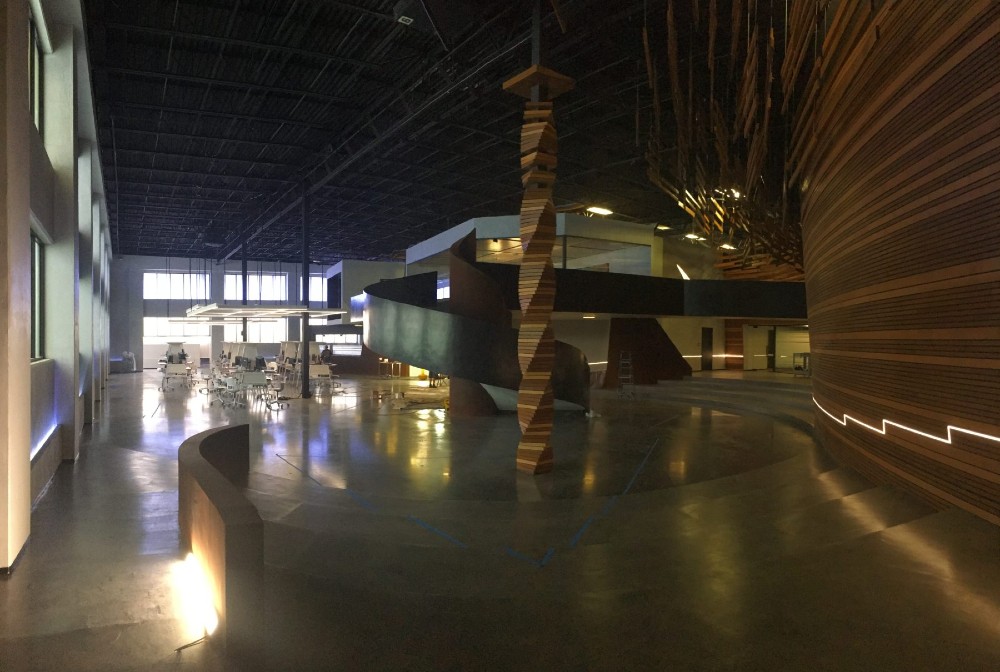
“We obviously promote the film industry in Louisiana, as much as we can,” Waggenspack says. “We feel that educating people who don’t quite understand that it’s not just Tom Cruise coming down here and getting a $5 billion salary. It’s the 95% of the crew members that are locals that are getting the salaries here that are over $60,000, on average. The state is incentivizing $6.34 that’s coming back into the economy. It’s big stuff like that, that really drives the value of what the film industry does, not just creating jobs, but obviously spending money that would have never been in the state.”
He says that at any given time, there could be as much as 1,250 collective crew members working at the Ranch, because it’s “unbelievably busy” with up to five productions at any given time. He suggests that the area needs to find more crew to meet the studio’s demands, and bringing new people to the area benefits everyone.
“That’s a lot of people in this area. Not only is it massively beneficial for me, but 1,250 people are coming into this parish that wouldn’t normally have come in,” he explains. “They might need to buy gas, go to the grocery store, eat at the Mom and Pop store down the way, buy the graphics, go to the hardware store. I mean, the economy here is just applauded, us being in their backyard and massively benefited from it.”
There’s also the added incentive of the 3.5% rebate being offered by the Parish for having offices and stages there. “Because of an audit, they’re starting to see the amount of money. I think last year alone, they saw $10 million come through their audit system that’s just being spent and qualified here for certain things that they can get the rebate for.”
Hornbeak adds, “To give you an example of what Jason just spoke about, when Deepwater Horizon was here, they spent over $300,000 in steel from one of our local parish steel providers.”
“And that was when the oil industry was at a down,” Jason continued. “They came to us and said, ‘Deepwater Horizon saved our business. The majority of their steel was going to the oil industry, and they said, ‘That gave us almost a full year’s worth of revenue and allowed to keep all our staff involved.’”
Since much of the Ranch’s initiative is to try to bring outside production to the Louisiana area, we asked where people from outside would live while working at The Ranch, since it isn’t necessarily a residential studio. “The area surrounding us does have a lot of short-term potential for houses that they rent,” Waggenspack explained. “We have all the connections to real estate agents for people who are looking for short-term or extended stay leasing. We have all the hotel connections. The French Quarter is approximately 4.5 miles from us, so there is a lot of residential homes that people do stay in that area. And then, the hotels are seven miles away in downtown New Orleans, so that’s where they generally stay.”
When a Pandemic Hits…
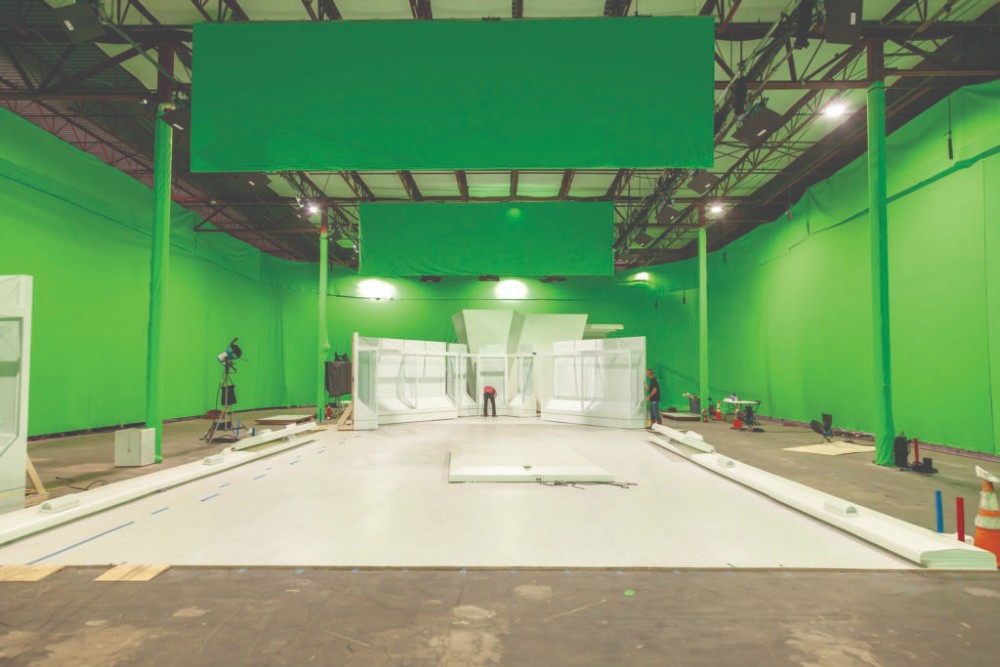
Obviously, things were going swimmingly at The Ranch right up until last March when Covid-19 put the damper on many a production. “March 15 is when the COVID world stopped. Nobody understood what was going on. Obviously, nobody understood how to attack this problem,” Waggenspack told us. “We asked all our employees to go home and kept just the minor ones here for operational needs. After about four weeks, we started getting into ‘Okay, what’s the next step? How is it that we’re now going to either start figuring out how to make sure that this is going to affect us for the long haul? And how is it that we can be proactive?’”
“I was very blessed to be a part of the film think tank for the state of Louisiana,” he continues. “When COVID hit I became part of the COVID guidance and policies and procedures committee. That allowed us to obviously stay in front, but get the major information that was coming in from all the unions, just really figuring out what the wants and needs were to get back to work.”
“We tried to be the studio that got in front of it — we put out a full-on signage package across all of our properties in safety stations,” Hornbeak concurs. “We’ve also seen our productions come in and do a whole plexi program that basically covers a lot of the office space with plexi, so that everyone feels afe when they come inside the office environment.”
“Obviously, our number one goal is to get back as soon as possible,” Waggenspack continues. “Having to deal with so many people that can be immediately affected, especially in the SAG community that couldn’t be protected while they were on set, there was a lot of protocols that we had to go through. We followed every CDC guideline, and got with the unions and state, and really stayed on top of what their requirements were going to be. And then communicating with our clients on what are your needs. We had two major studios here at the time that were in the middle of their eight-episode series. They were in Episode Five — they couldn’t go anywhere, so we had to work something out with them, that kept us and our doors nice and open, and it didn’t obviously break the bank for them and allowed for me to keep all my employees intact and health insurance there. I wasn’t going to put anybody out like that, so I held onto them, and we were very fortunate obviously to get back to work in August that allowed for us to continue in that manner. We’re in a nice place now that we’re extremely busy — we stay prepared on that.
The Ranch worked extra-hard to make sure everyone who came to the area during the pandemic knew the measures required, as well as implementing regular staff cleaning at all times and even finding testing facilities to make sure any production got fast, accurate results. “The majority of it lands on us to make sure that there’s clean, safe environments to be in,” Waggenspack admits, “Making sure they’re socially distancing, whether it’s a 6-feet rule or whether it’s pods, and just keeping our buildings up to standards and up to safety, with air conditioners, making sure that filters are changed on a regular basis, making sure that we’re doing things like foot handles for doors, just finding little things to keep people safe and making them feel comfortable was our number one goal.”
“The mask mandate has come down in the state of Louisiana, but all the films here have not changed their mandate,” Waggenspack says about where the Ranch stands with state-driven mandates. “We’re still having to be tested once a week around here, and people that are closer to actors have to be tested up to three or four times a week on sets. We have been very fortunate in the state that we have not had any major outbreaks on any film set — the most anybody’s been shut down for was two days.”
“It’s been a good blessing for us here, and we think that we’ve done a fantastic job,” he concludes. “So fantastic, the Mayor of New Orleans called us out publicly to say, ‘Hey, take a look at what the film industry is doing right now. They have been on top of their game, and we want to actually applaud them and say that they’re pretty much an essential business right now.’”
“One of the things that Jason has been really successful in doing is bringing the Ranch into the Louisiana Film and Entertainment Association (LFEA),” Hornbeak adds, praising his business partner, “It’s the top 30 filmmakers in the state, trying to stabilize the film tax credits and make our film tax credit program more attractive for those across the nation. Jason is the treasurer and sits on the executive board. I also sit on that board, but it’s all around, ‘How do we get storytellers to come here? How do we get them to love it here?’ We think we have one of the best states in the country for shooting.”
You can learn a lot more about The Ranch at WeAreTheRanch.com.





